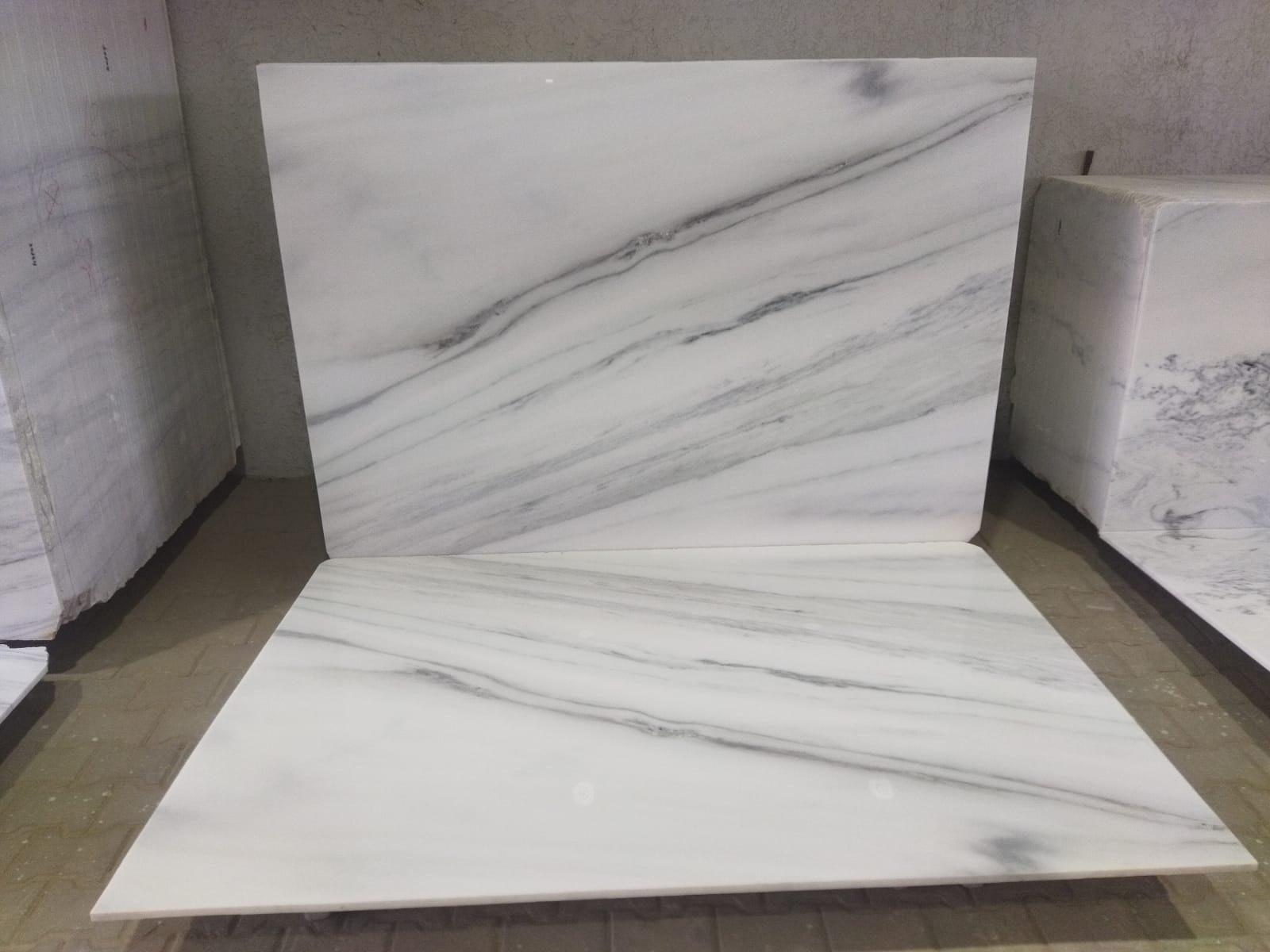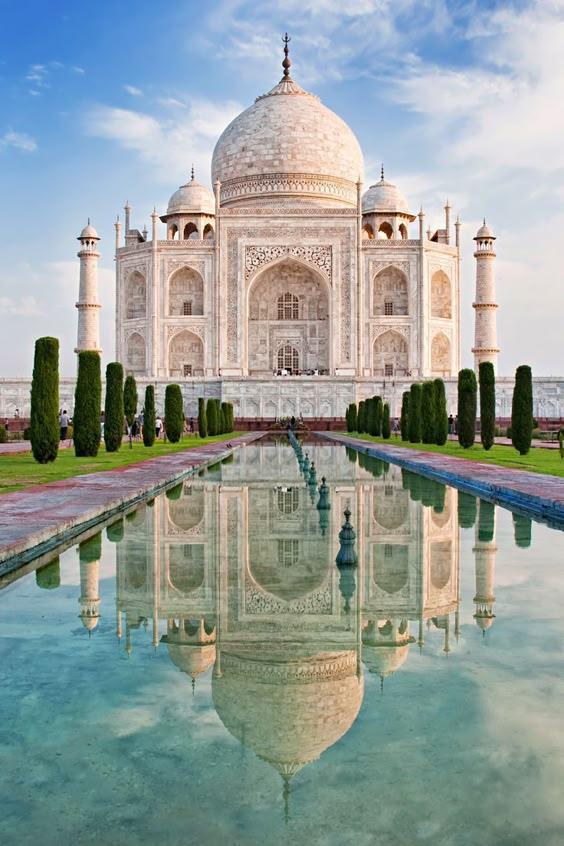



Table of Contents
- Introduction
- Historical Significance
- Properties of Makrana Marble
- Comparison with Normal Marble
- Applications of Makrana Marble
- Economic Impact
- Maintenance Requirements for Makrana Marble
- Conclusion
- Faq's
Introduction
Makrana marble is a highly esteemed natural stone, renowned for its exceptional quality and historical significance. Mined in the town of Makrana, Rajasthan, India, this white marble has been used in some of the most iconic structures in the world, including the Taj Mahal. Its unique properties, such as durability and aesthetic appeal, make it a favored choice among architects, designers, and homeowners alike.
The geological formation of Makrana marble is primarily calcitic, consisting of about 98% to 99.9% calcium carbonate with minimal impurities. This high purity contributes to its resistance to weathering and low water absorption rates, making it suitable for both indoor and outdoor applications. The marble is characterized by its striking white color, often featuring subtle grey or pink veining, which adds to its visual appeal.
In terms of pricing, Makrana marble is available at various price points depending on the grade and type. Prices can range from ₹30 to ₹700 per square foot, with lower-grade varieties being more affordable and premium grades commanding higher prices due to their rarity and intricate patterns. The market demand for Makrana marble remains strong both domestically and internationally, underscoring its status as a luxury building material.
 Makrana Marble, Pinterest
Makrana Marble, Pinterest
Historical Significance
The history of Makrana marble dates back centuries, with its use in monumental architecture establishing its reputation as one of the finest marbles globally. The most notable example is the Taj Mahal, constructed in the 17th century by Mughal Emperor Shah Jahan as a mausoleum for his wife Mumtaz Mahal. This architectural marvel showcases the beauty and durability of Makrana marble, which has remained pristine over centuries.
 Makrana Marble Was Used To Make The Taj Mahal
Makrana Marble Was Used To Make The Taj Mahal
Source: Pinterest
In addition to the Taj Mahal, other significant structures made from Makrana marble include the Victoria Memorial in Kolkata and various temples across India. The marble's historical significance is further highlighted by its designation as a Geographical Indication (GI) product in 2015, which protects its name and quality standards.
Makrana marble has also played a role in international architecture; for instance, it was used in the Sheikh Zayed Mosque in Abu Dhabi. This global recognition has not only enhanced its prestige but also contributed to the local economy by promoting tourism and creating job opportunities in mining and craftsmanship.
Properties of Makrana Marble
Makrana marble possesses several distinctive properties that set it apart from other types of marble:
Physical Characteristics: It is primarily white but can also exhibit shades of grey or pink due to impurities. The surface is smooth and polished, enhancing its aesthetic appeal.
Durability: Known for its hardness and strength, Makrana marble is resistant to scratches and wear. Its close interlocking structure contributes to its longevity.
Water Resistance: With one of the lowest water absorption rates among marbles, it resists moisture-related damage effectively.
Polishing: The marble maintains its shine over time without requiring chemical treatments.
Comparison with Normal Marble
Feature | Makrana Marble | Normal Marble |
Color | Pure white with subtle veins | Varies widely (colored) |
Durability | High (hardness rating) | Moderate |
Water Absorption | Low | Higher than Makrana |
Purity | 98% - 99.9% calcium carbonate | Varies (usually lower) |
Historical Use | Iconic monuments (Taj Mahal) | General construction |
Price Range | ₹30 - ₹700 per sq ft | ₹20 - ₹300 per sq ft |
This table illustrates how Makrana marble stands out due to its unique properties and historical significance compared to standard marbles commonly used in construction.
Applications of Makrana Marble
Makrana marble's versatility allows it to be utilised across various domains:
Monuments and Temples: Its historical use in grand structures like the Taj Mahal highlights its cultural importance.
Residential Construction: Widely used for flooring, wall cladding, countertops, and decorative elements due to its elegant appearance.
Sculpture and Handicrafts: Artists favor this marble for sculptures because of its workability and finish.
Furniture Design: High-end furniture pieces often incorporate Makrana marble for an added touch of luxury.
The adaptability of Makrana marble makes it suitable for both traditional and contemporary designs. Its aesthetic qualities enhance interior spaces while providing durability that ensures longevity.
Economic Impact
The economic significance of Makrana marble cannot be overstated. The region employs over 100,000 people across approximately 900 mines dedicated to extracting this valuable resource. The annual production reaches around 19.20 million tonnes, contributing significantly to local revenue estimated at ₹20,036 crore (approximately $2.7 billion) annually.
Pricing Breakdown
The pricing for different types of Makrana marble varies based on quality:
Type Price (₹ per sq ft)
Kumari Marble ₹35
Dungri Marble ₹75
Brown Albeta Marble ₹200
Albeta White Marble ₹600
Pure White Marble ₹500
Taj Mahal White Marble ₹700
Maintenance Requirements for Makrana Marble
Regular Cleaning
To keep Makrana marble looking pristine, it should be cleaned regularly with a non-abrasive, pH-neutral cleaner. This prevents the buildup of dirt and grime that can dull its surface. Avoid using harsh chemicals or acidic cleaners, such as vinegar or lemon juice, as these can cause etching and discoloration. A soft microfiber cloth or non-abrasive sponge is recommended for cleaning to avoid scratching the surface.
Sealing
Applying a high-quality sealant during installation is crucial for protecting Makrana marble from stains and moisture absorption. This sealant acts as a barrier against spills and helps maintain the marble's natural beauty. It is advisable to reapply the sealant every 6 to 12 months, depending on usage and exposure to potential staining agents.
Polishing
Periodic polishing is essential to restore the shine of Makrana marble. This can be done using specialised marble polishing compounds or by hiring professionals who can ensure a high-quality finish. Regular polishing not only enhances the appearance but also helps in maintaining the surface integrity.
Stain Management
Despite its durability, Makrana marble can stain if spills are not addressed promptly. Immediate action should be taken by blotting spills with a clean cloth and applying a mild soap solution for organic stains. For tougher stains, especially those caused by acidic substances, professional cleaning may be necessary to avoid damaging the surface.
Comparison with Other Marbles
When comparing the maintenance requirements of Makrana marble with other types of marble, several differences emerge:
Feature | Makrana Marble | Other Marbles |
Porosity | Moderate; requires sealing | Varies; some are more porous |
Cleaning Method | Non-abrasive, pH-neutral cleaners | May require specialized cleaners |
Sealing Frequency | Every 6-12 months | Often less frequent; varies by type |
Polishing Needs | Regular polishing recommended | Depends on type; some require less upkeep |
Stain Resistance | Good with prompt attention; sealing needed | Varies widely; some are more stain-resistant |
Durability | High; withstands heavy foot traffic | Varies; some softer marbles may scratch easily |
Conclusion
In summary, while Makrana marble is relatively easy to maintain due to its durability and low water absorption rate, it still requires regular care to preserve its beauty and integrity. The need for sealing, appropriate cleaning methods, and timely stain management distinguishes it from other marbles. By following these maintenance guidelines, homeowners can ensure that their Makrana marble surfaces remain stunning for years to come.
This pricing structure reflects not only the quality but also market demand for different grades of Makrana marble.
In conclusion, Makrana marble remains a symbol of luxury and craftsmanship that continues to captivate architects and designers worldwide. Its unique properties combined with rich history ensure that it will remain a sought-after material for generations to come.
explore further
Latest from Contemporary ideas
More from Innovations
Resources
Dwello, for every home buyer, is a way to go from 'I feel' to 'I know', at no extra cost.




